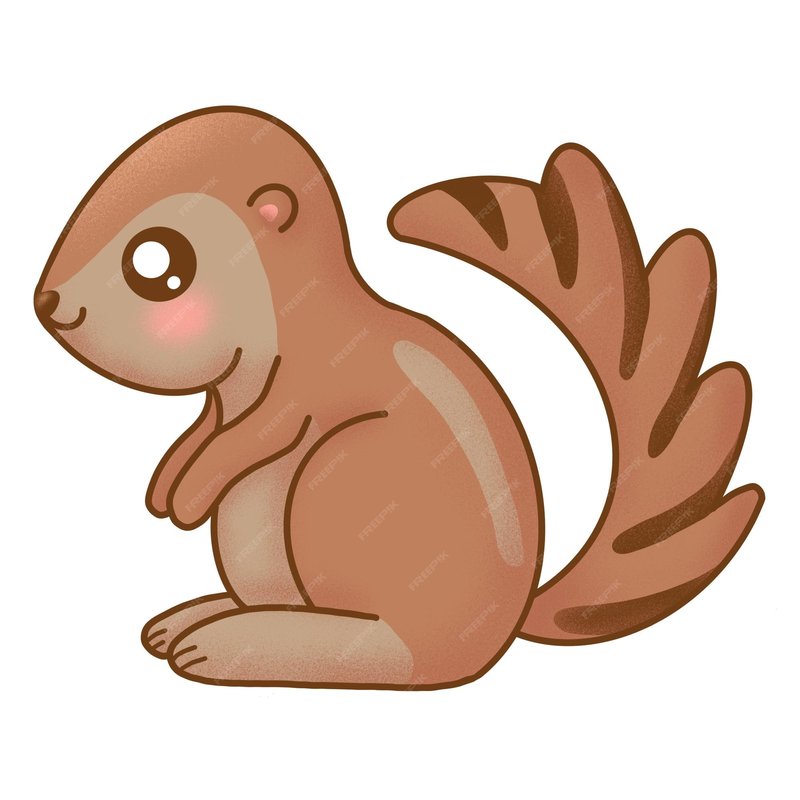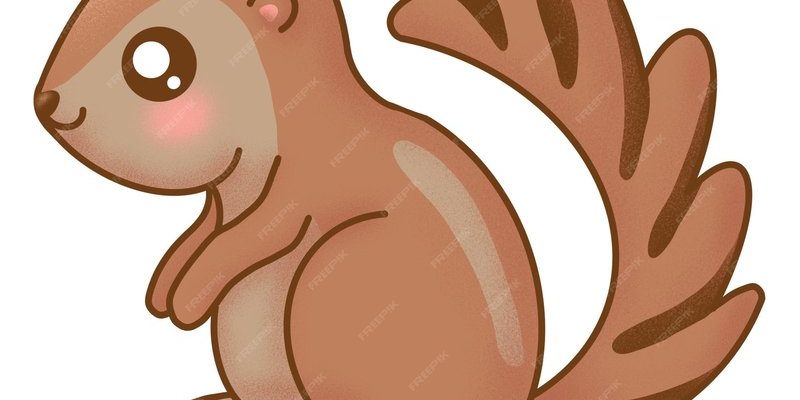
If you’ve ever heard a folklore tale involving clever animals, chances are it resonates with the xerus’ spirited nature. These charming little critters often symbolize resilience and adaptability, qualities that are not only relatable but also inspiring. So, let’s dig into how the xerus has been represented throughout different cultures and folklore. You might be surprised at what you learn!
The Xerus in African Folklore
In many African cultures, animals play a significant role in storytelling, often embodying human traits and lessons. The xerus, with its playful and sociable nature, frequently appears in these stories. For instance, in some **West African** tales, the xerus represents cleverness. It outsmarts more formidable animals, teaching the importance of using one’s wits over brute strength.
These stories often emphasize community, as xerus are social creatures that thrive in groups. You might find tales where they work together to survive, highlighting themes of teamwork and solidarity. These narratives serve as a reminder that sometimes, it’s our connections with others that help us overcome challenges.
Additionally, the xerus is often portrayed as a trickster in these folk tales. Much like the famous Jackal in many African stories, the xerus uses its cunning nature to navigate life’s difficulties. This archetype has been vital in communicating moral lessons, illustrating how intelligence and adaptability can be more valuable than physical power.
The Xerus in Modern Culture
Fast forward to today, the xerus continues to capture our imagination, appearing in books, films, and even video games. In children’s literature, they often symbolize curiosity and adventure, inviting young readers to explore the world around them. Their quirky personalities make them relatable, allowing kids to see themselves in these tales.
Moreover, animated series sometimes depict the xerus in humorous situations, showcasing their playful antics. These representations often translate to broader themes of resilience and resourcefulness. In a world where challenges abound, the xerus reminds us to face our fears with a light heart and a clever mind.
You might also stumble upon the xerus in various merchandise—think stuffed animals or eco-friendly toys. This reflects a growing appreciation for wildlife and the need to connect with nature. The representation of the xerus in this way can encourage conversations about conservation and our responsibility towards protecting wildlife.
Symbolism of the Xerus Across Different Cultures
Across various cultures, the xerus often symbolizes traits crucial to survival—resourcefulness, community, and adaptability. In **African traditions**, it’s not uncommon for the xerus to embody the spirit of the underdog, the small creature that triumphs through wits rather than brute force. This is a powerful reminder that strength doesn’t always come from size or power; sometimes, it’s about how we think and act.
Interestingly, in some cultures, the xerus might also represent a connection to the land. Its burrowing lifestyle signifies the importance of roots, both literally and metaphorically. This connection can evoke a sense of belonging, reminding us that we are all part of something bigger—a community, a culture, or even the planet itself.
In **art and literature**, the xerus often appears as a motif representing joyfulness and playfulness. Artists might depict these creatures in vibrant colors or dynamic poses, inviting viewers to reflect on the lightheartedness of life. By focusing on such symbolism, creators encourage audiences to appreciate the little moments that bring happiness, much like the everyday antics of a xerus.
Educational Role of the Xerus
The xerus also plays a role in education, particularly in environmental science and conservation studies. In many educational programs, these creatures represent the diversity of wildlife and the ecosystems they inhabit. This educational aspect often inspires curiosity among students, encouraging them to learn more about wildlife conservation.
By studying the xerus, students can grasp broader concepts about ecosystems, interdependence, and biodiversity. It’s a tangible way to understand how every creature—no matter how small—has a role in maintaining the balance of our environment.
Moreover, projects and documentaries focusing on the xerus help highlight the significance of preserving their habitats. As we learn about these creatures, we become more aware of the environmental challenges they face, prompting discussions about how we can help protect their homes.
The Xerus in Popular Media
You’ll find the xerus making unexpected appearances in popular media, from animated shows to social media pages dedicated to wildlife. These portrayals often serve as a bridge, connecting audiences to wildlife in an entertaining and educational manner.
In animated films, you might notice xerus-like characters embodying hilarious traits, often getting into trouble but finding a way out through cleverness. These representations resonate with viewers and can lead to a newfound interest in real-life xerus and their behaviors.
Social media plays a significant role in spreading awareness about the xerus. Wildlife photographers and enthusiasts share captivating images and fun facts about these creatures, turning them into internet celebrities. This kind of representation helps raise awareness about their conservation status and the importance of biodiversity.
The xerus is more than just a cute creature scurrying across the African savanna; it holds a profound place in culture and folklore. Representing cleverness, community, and resilience, this small animal teaches us valuable lessons about life. Whether it’s through tales passed down from generation to generation or present-day media, the xerus serves as a reminder of the beauty and complexity of nature.
As we continue to engage with stories about the xerus, let’s remember the underlying messages these tales convey. They inspire us to be resourceful, to cherish our connections with one another, and to approach life’s challenges with creativity and humor. So next time you hear a story about the xerus, think of it as more than just a character in folklore—it’s a symbol of adaptability and joy in our world.

